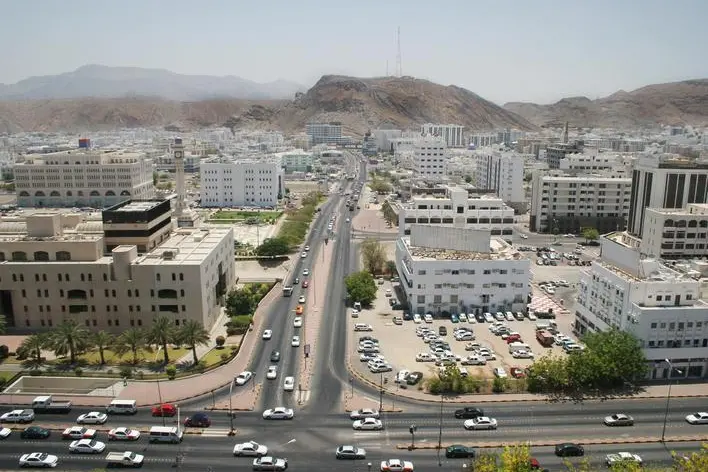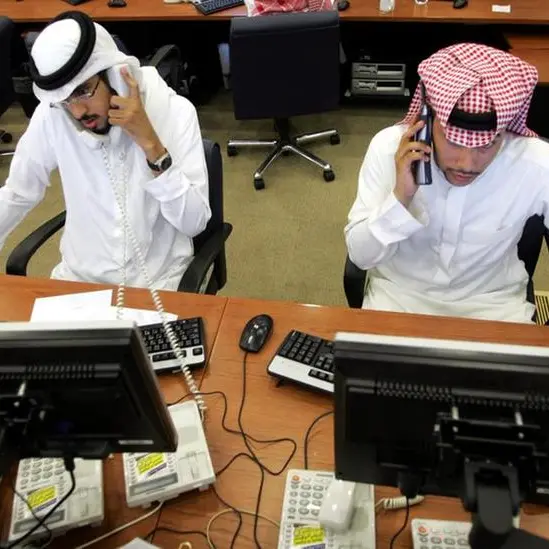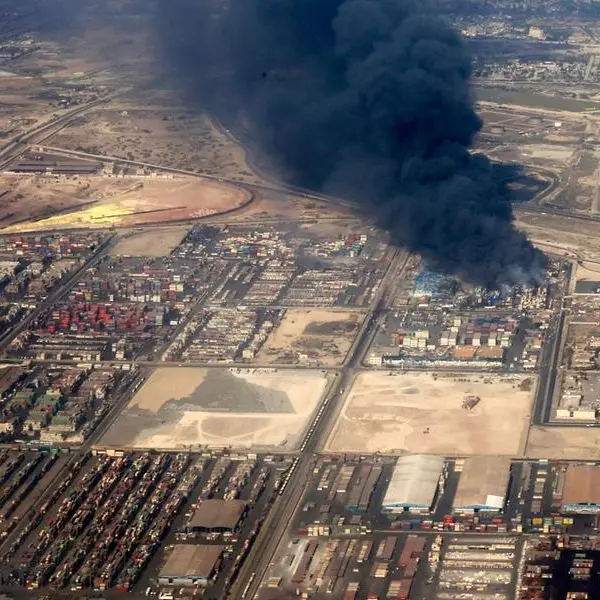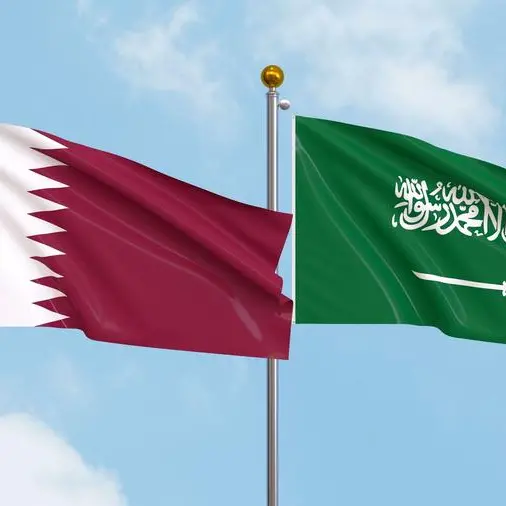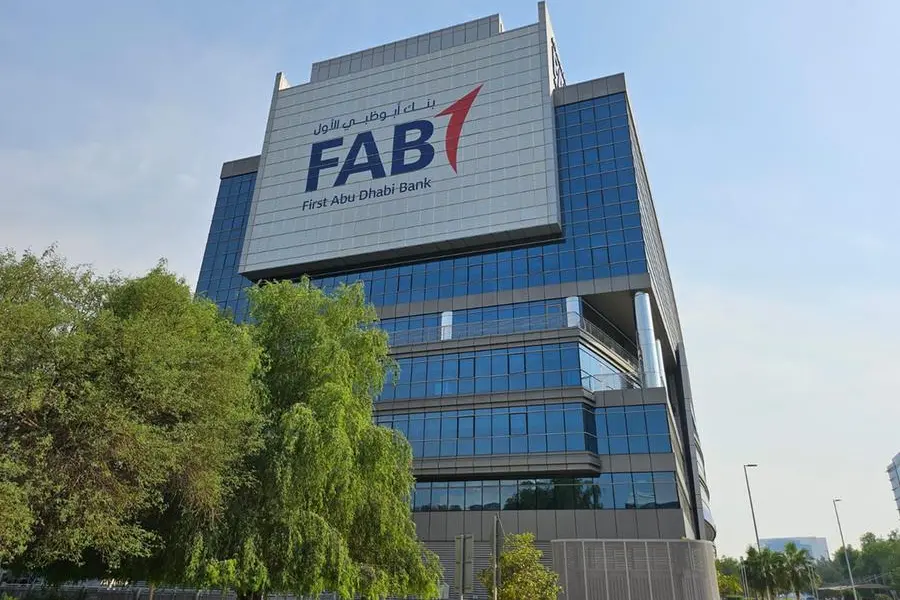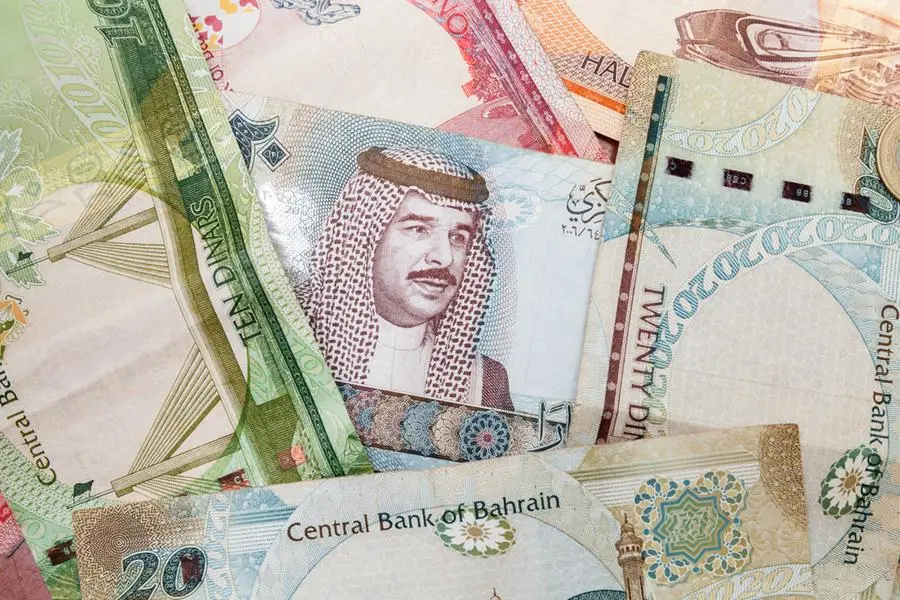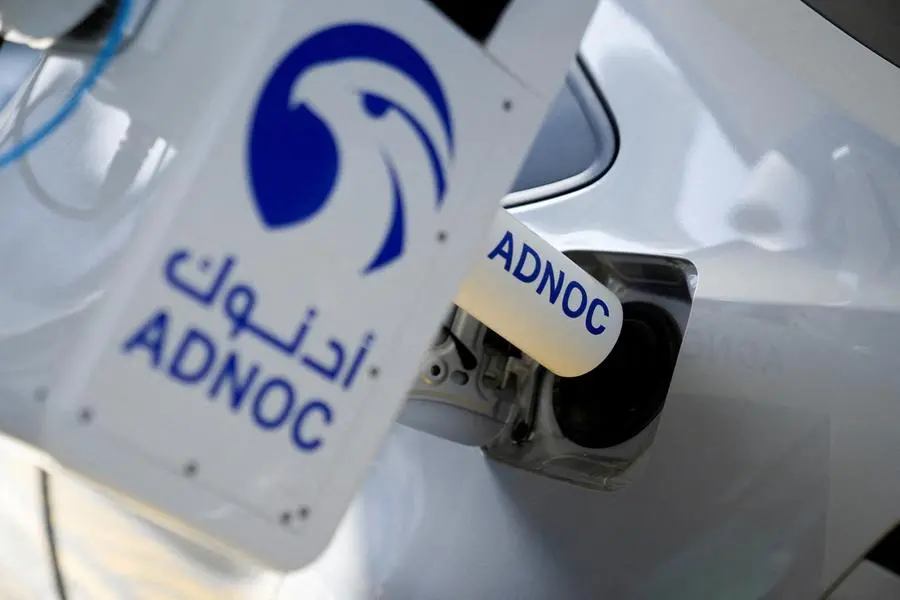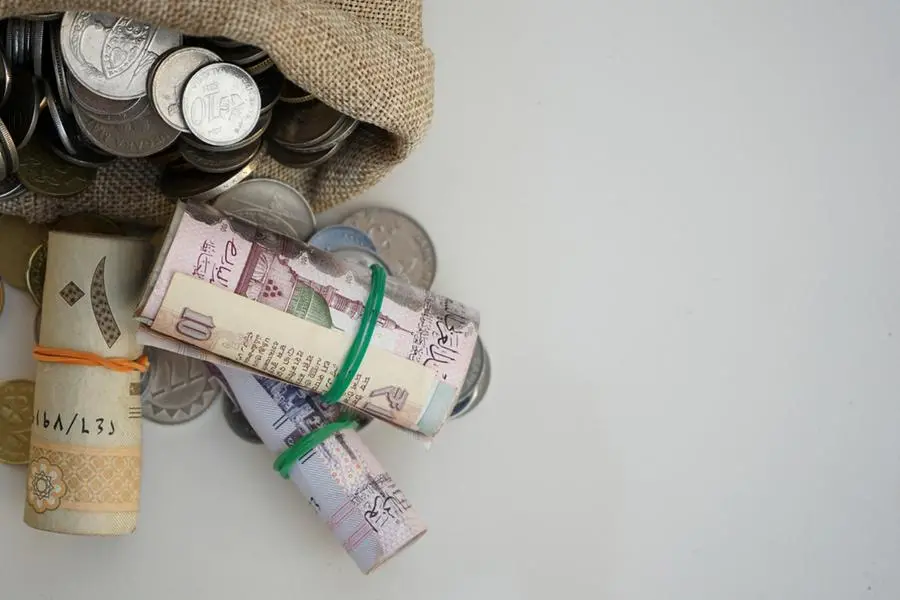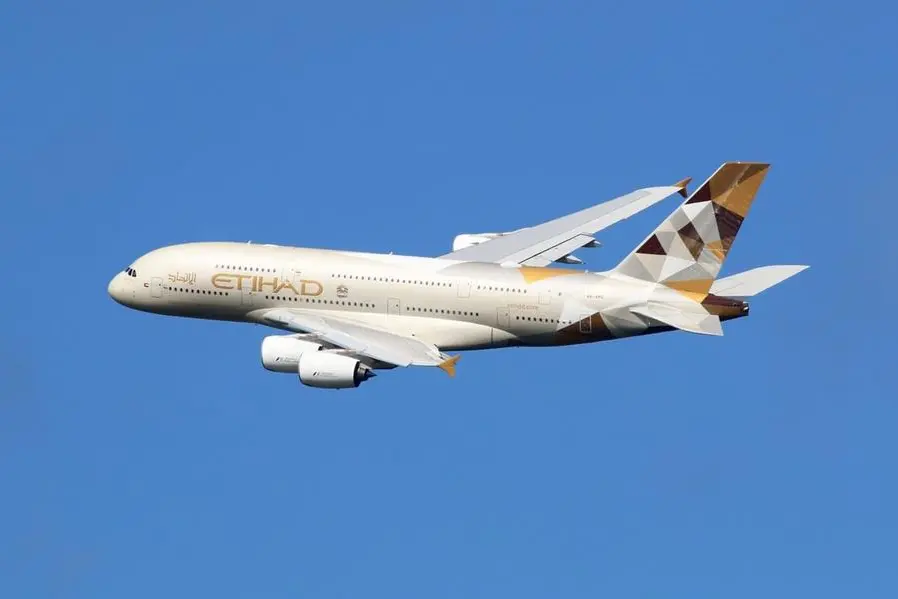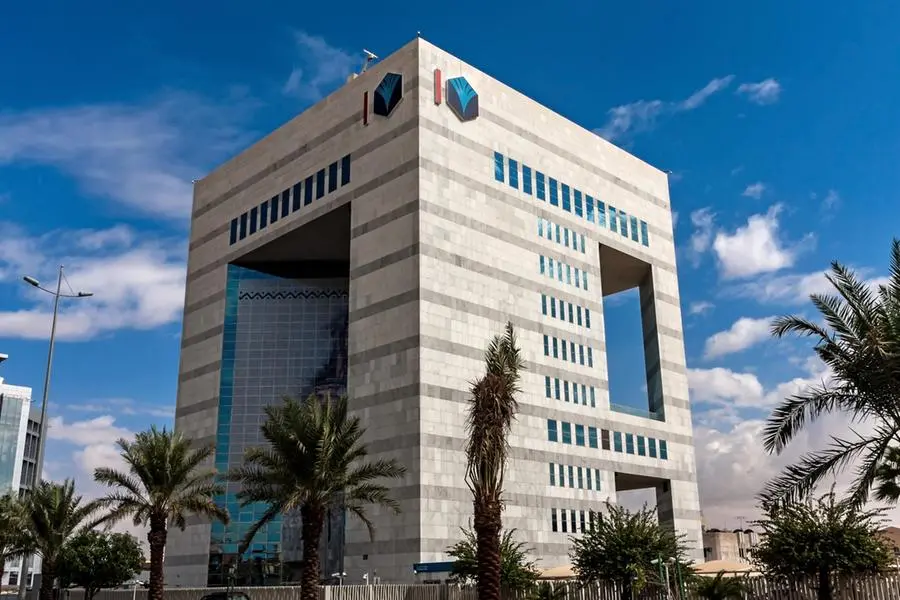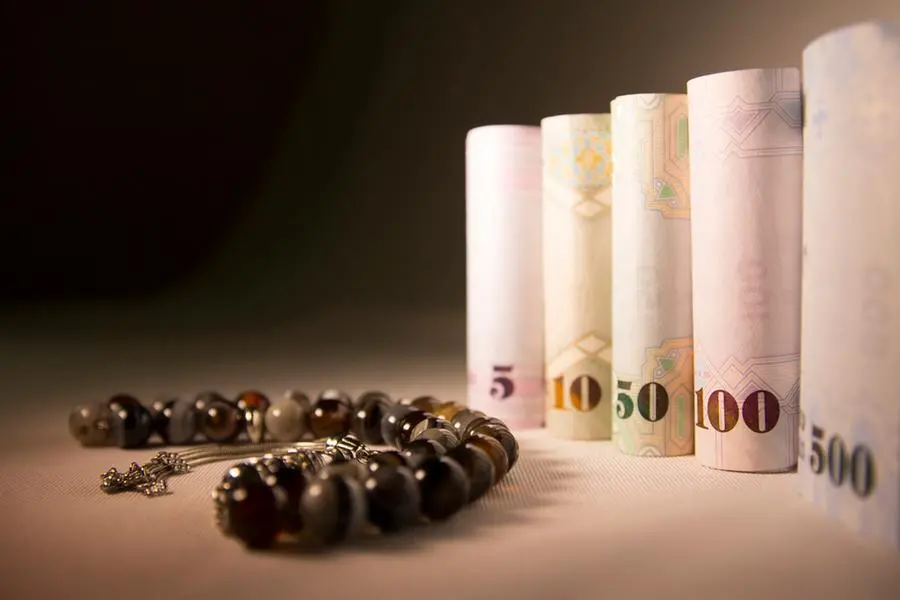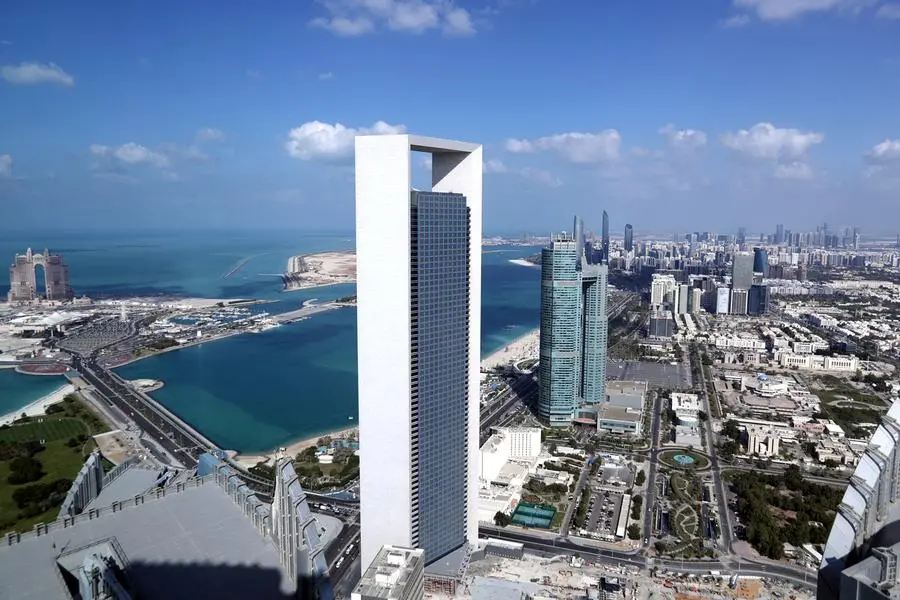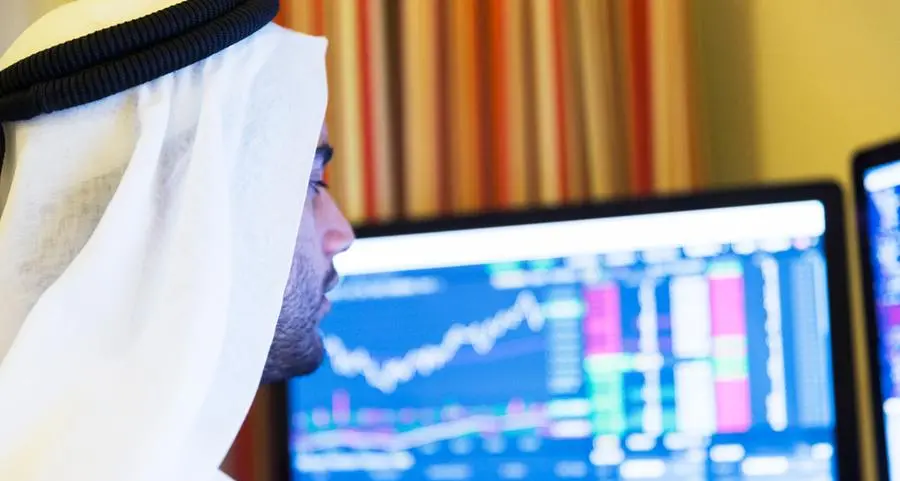PHOTO
Image used for illustrative purpose. Aerial view of Muscat, Oman traffic. Getty Images
Muscat: The State’s Public Revenue At the end of August 2024 amounted to OMR8,106 million, up by OMR183 million compared to OMR7,923 million registered over the same period in 2023. This is mainly due to an increase in net oil revenue, according to the Fiscal Performance bulletin issued by the Ministry of Finance.
At the end of August 2024, the net oil revenue amounted to OMR4,649 million, up by 12% compared to OMR4,145 million registered over the same period in 2023. The average realized oil price amounted to USD 83 per barrel and the average oil production reached 1,001,000 barrels per day. This is attributed to the methodology of Energy Development Oman (EDO) for collecting oil revenue and managing cash flow.
Net gas revenue at the end of August 2024 amounted to OMR1,213 million, down by 15% compared to OMR1,434 million collected over the same period in 2023, due to the change in the methodology for collecting gas revenue.
Further, current revenue at the end of August 2024 reached RO 2,230 million, down by OMR104 million compared to OMR2,334 million registered over the same period in 2023. Public Spending at the end of August 2024 amounted to OMR7,659 million, up by OMR509 million, i.e. 7% compared to the actual spending of RO 7,150 million registered over the same period in 2023.
At the end of August 2024, the current expenditure of civil ministries amounted to OMR5,434 million, down OMR30 million compared to OMR5,464 million registered over the same period in 2023.
Development Expenditure of ministries and government units at the end of August 2024 amounted to OMR735 million, representing 82% of total development spending, i.e. OMR900 million, allocated for 2024.
Contributions and other Expenses at the end of August 2024 amounted to OMR1,440 million, up by 58% compared to OMR914 million registered over the same period in 2023, due to the implementation of the social protection system in 2024.
At the end of August 2024, the social protection system subsidy, electricity sector subsidy, and oil products subsidy amounted to OMR373 million, OMR295 million, and OMR191 million, respectively. Furthermore, an amount of OMR266 million was transferred to future debt obligations budget-item.
According to the Organization for Economic Co-operation and Development (OECD)’s Economic Outlook, Interim Report issued on September 2024, Global growth is expected to stabilise over the projection period at 3.2% in both 2024 and 2025, in line with the average pace observed through the first half of this year.
The OECD stated that the lagged impact of monetary policy tightening in advanced economies on growth has begun to moderate, and further monetary policy easing as inflation declines will support interest-rate-sensitive expenditures in 2025. The decline in inflation will also provide a further boost to real income growth and a tailwind to private consumption in many economies.
According to the Short-Term Energy Outlook (STEO) issued by the U.S. Energy Information Administration (EIA) in August 2024, the Brent crude oil spot price is expected to average USD 83 per barrel in 2024, while the Brent crude oil spot price is expected to average USD 84 per barrel in 2025.
In its report issued on September 2024, Standard & Poor’s Global Ratings upgraded Oman’s credit rating to “BBB-” with a stable outlook. This upgrade marks Oman’s return to investment-grade status after nearly seven years.
The agency stated that the improvement in the credit rating is attributed to the continued measures to improve public finances through financial and economic reform initiatives and the restructuring of the government.
These measures have helped restore the balance between revenues and public spending as outlined in the medium-term fiscal plan, leading to financial surpluses.
Additionally, the government’s focus on reducing public debt, improving governance of state-owned enterprises, and lowering debt levels have all contributed to this positive outcome.
Moreover, S&P expects Oman’s general budget to generate financial surpluses of 1.9% during 2024-2027.
The agency also expects Oman’s real GDP to grow by an average of 2% annually during 2024-2027. Moreover, the current account is projected to record financial surpluses averaging 1.2% of GDP during the same period.
© Muscat Media Group Provided by SyndiGate Media Inc. (Syndigate.info).
